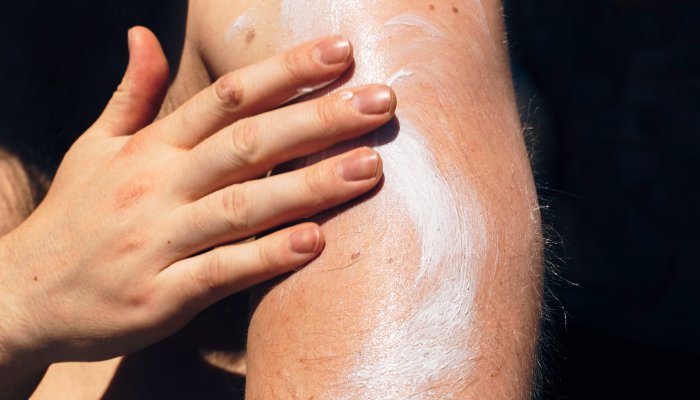You’re Probably Using The Wrong SPF Number, According To This Sun Care Expert

Another common misconception: Anything higher than SPF 30 is overkill, as there’s a marginal difference between protection. (This line of thought came after a study a few years ago basically concluded the above—however, according to Zaidan that’s a misinterpretation of the data.) There’s also the argument that when people use higher SPF they trick themselves into thinking they’re protecting themselves better, and then don’t apply and reapply enough. (And we know that user behavior with sunscreen is iffy at best, so there is certainly justification for this argument.) But here’s what we know according to the available evidence and our insights into how people actually use sunscreen on a daily basis.
“I see this advice all the time, that if it’s over SPF 30 it doesn’t really matter,” he says. He goes onto explain that the reason people give this advice is because if SPF absorbs 97% of UV rays and SPF 100 absorbs 99%, that’s only a 2% difference. “But here’s why that’s wrong: We’re focused on the wrong number. The important thing is now how many photons from the sun you’re turning away—the important thing is how many photons get through, right? So if we look at it through that lens, SPF 100 let’s in 1% of UV light, while SPF 30 lets in 3%. So SPF 100 is actually roughly three times better at preventing sunburn than SPF.”
So that’s the science behind the numbers. But again, this doesn’t always translate to real life usage. “So what does this mean—we should all switch from 30 to 100? It’s a much more complicated question than that, because many people will end up using it as an excuse to do whatever you want in the sun,” he says. “Don’t let sunscreen be your excuse to overdose on sun exposure.”
Then, of course, there’s the question of application. As we know, SPF is entirely dependent on how you apply it. And since many people aren’t applying it correctly—about one ounce for the body, letting it dry for 15 minutes, and then reapplying after getting wet or every two hours, according to derms—Zaidan recommends adjusting the number in your head. “My personal rule of thumb is like, whatever you see on the bottle, divide by like two or three, and that’s probably the effective SPF you’re experiencing.”
This article was originally published by mindbodygreen.com. Read the original article here.




